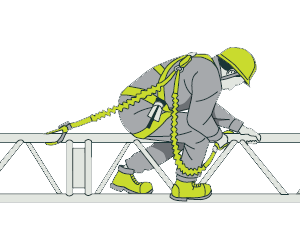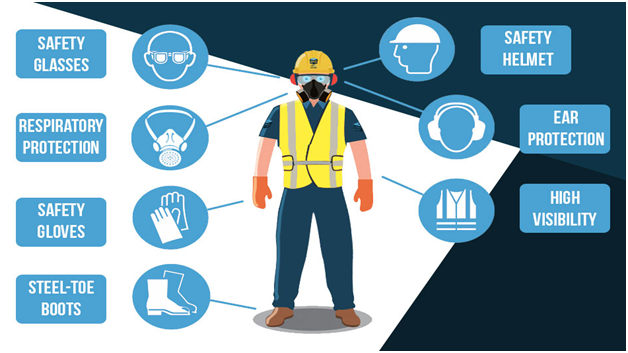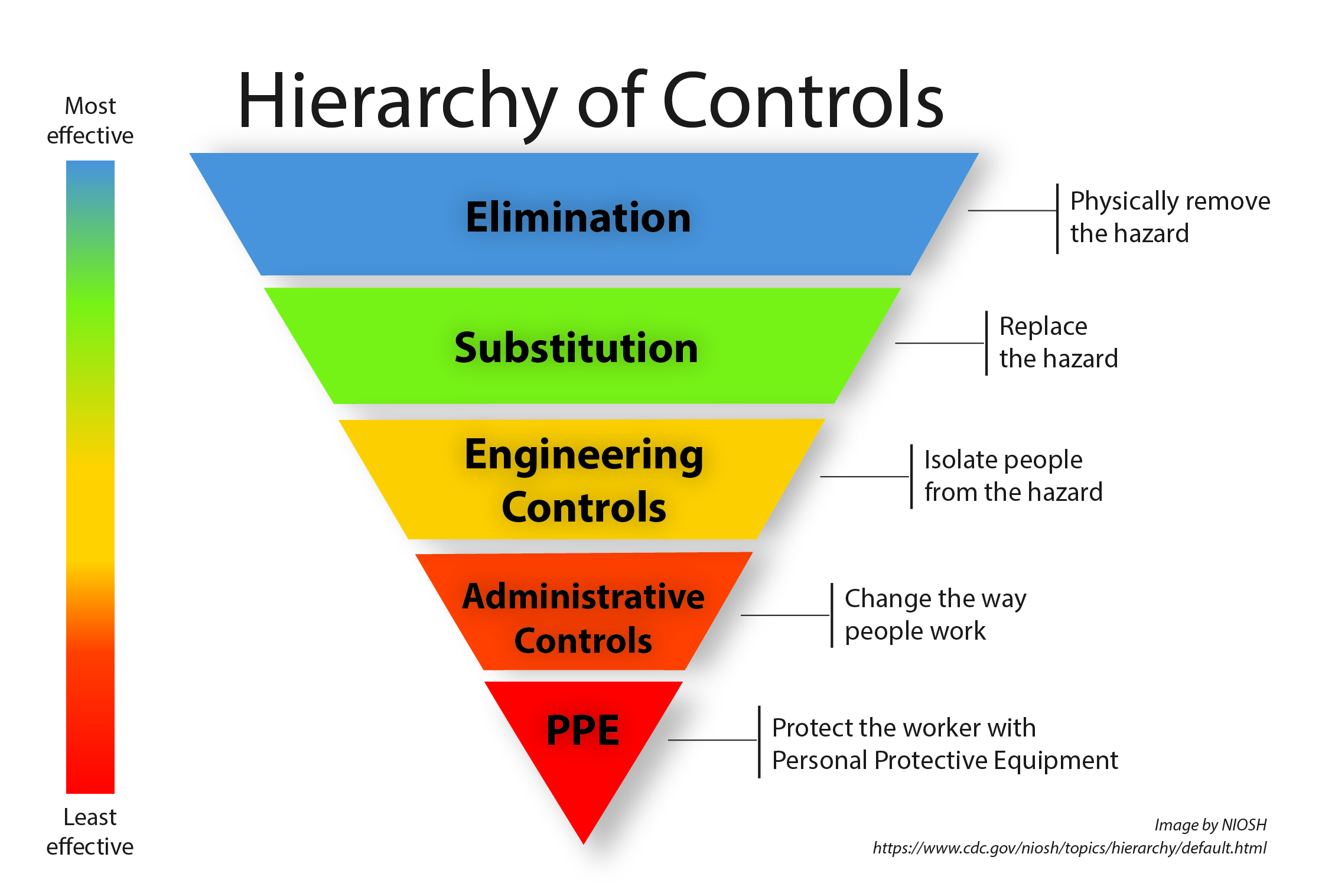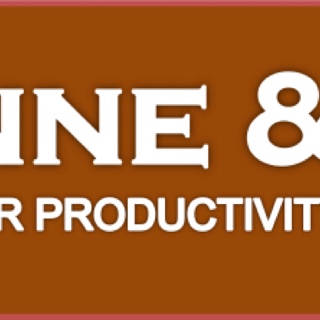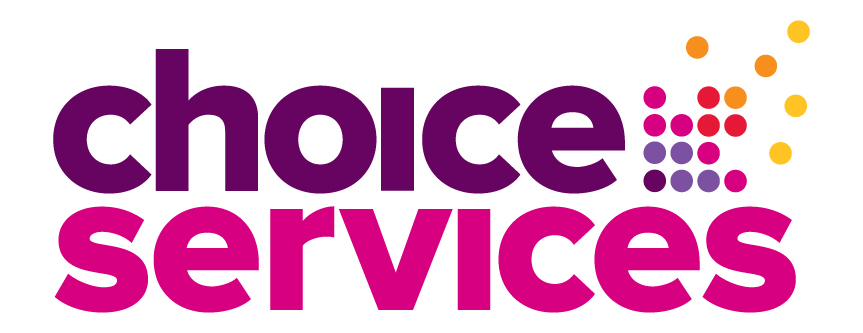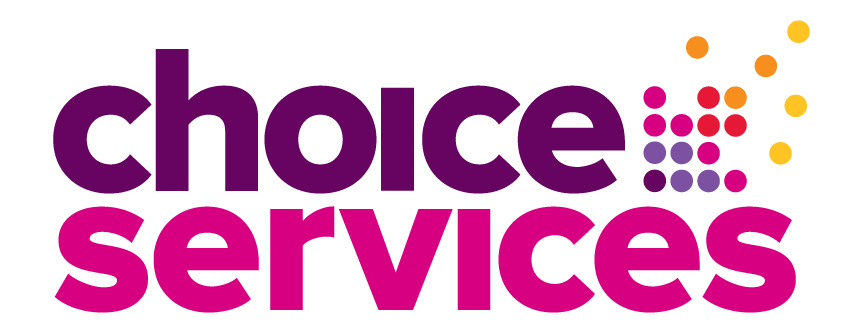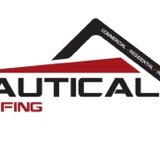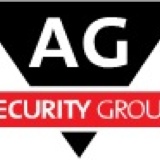ToolBox Talk Sheet
-
Toolbox Topic: Back Injury Prevention
-
Site
-
Date
-
Given by:
Information
-
Construction job sites are full of hazards and safety concerns. It is up to you to keep yourself safe as well as your coworkers. Following some simple safety rules and wearing the proper PPE will help keep everyone safe.
You may already know the importance of PPE and why you should use it but PPE should always be used as a last resort when trying to keep yourself safe. It is considered the last line of defense because of its place on the hierarchy of hazards. -
WAT IS PPE? Personal protective equipment, commonly referred to as "PPE," refers to clothing or accessories worn by employees to prevent or minimize exposure to workplace hazards. Minimum PPE requirement on APT Scaffolding is:
1. Hard hat 2. Hi Vis Vest 3. Safety boots with ankle support and steel toe caps, (NO TRAINERS) 4. Safety harness with lanyard 5. Safety Gloves Other items may be needed for different tasks e.g. drilling for installing ties will require dust masks and eye protection. -
Types of PPE
There are seven basic types of PPE. These include:
Head Protection - hard hats, helmets, and head gear
Eye Protection - safety goggles, safety glasses, and face shields
Hearing Protection - ear muffs and ear plugs
Respiratory Protection - respirators, self-contained breathing apparatus, gas masks, and surgical masks
Body Protection- safety vests, safety suits, knee pads, and safety harness
Hand Protection - safety gloves and rubber gloves
Foot Protection - safety boots and slip-resistant footwear -
PPE and The Hierarchy of Hazards
The hierarchy of hazards is a control system used in many industries to minimize or eliminate exposure to hazards. It is widely accepted by numerous safety organizations and is a standard practice in most workplaces. Typically this hierarchy is used by managers and foremen but it is important that all workers understand the hazard controls and do their part in helping control them. The five controls in the hierarchy include:
1. Elimination
The most effective way to keep everyone safe on a job site is to eliminate the hazard altogether. If you see a tool or a piece of equipment that could put you or other workers in danger, consider the necessity of the item. If you do not need it, get rid of it.
2. Substitution
When you know that the hazard can not be completely eliminated the next strategy everyone should consider is if you can substitute the hazard out with something a little less dangerous. Even though a hazard may still exist everyone would be in less danger from it. If you see where a hazard can be substituted speak up and let others know.
3. Engineering Controls
If your job site has tried to eliminate or reduce the hazard and neither of those is good options the next option is to limit the exposure to the hazard by using engineering controls. Engineering controls are designed as modifications to machines, ventilation systems, and processes that reduce the amount of exposure and physically protect workers from harm. Again this is something your supervisor would take into consideration but if you see something that could potentially help you should always let someone know.
4. Administrative Controls
The next option on the hierarchy of hazards is to use administrative controls. These types of controls are typically rules and regulations put in place to help minimize risks. They can include safety signs that are posted to alert everyone of risks and implementing standards and operating procedures when workers are working with or around hazards. As a worker, it is your job to read the safety signs you see posted and to follow the safety procedures that you are given. This will help ensure you and your coworkers are kept safe.
5. Personal Protection Equipment
At the bottom of the pyramid is personal protective equipment, or PPE. The reason PPE is at the bottom of the list is because PPE reduces risk but does not eliminate the risk completely. That's why PPE should be considered "a last resort." Even though PPE is considered your last line of defense, it can still make the difference between a minor injury and a major injury that could be life-threatening. If you know you should be wearing PPE, put it on!
Questions
-
What does PPE stand for ?
-
Name 3 types of PPE ?
-
Please name 3 of the 5 Hierarchy of Hazards categories
-
Where does PPE come within the Hierarchy of Hazards ?
Name & Sign
- Attendance:
-
Full Name and Signature
-
Full Name and Signature






